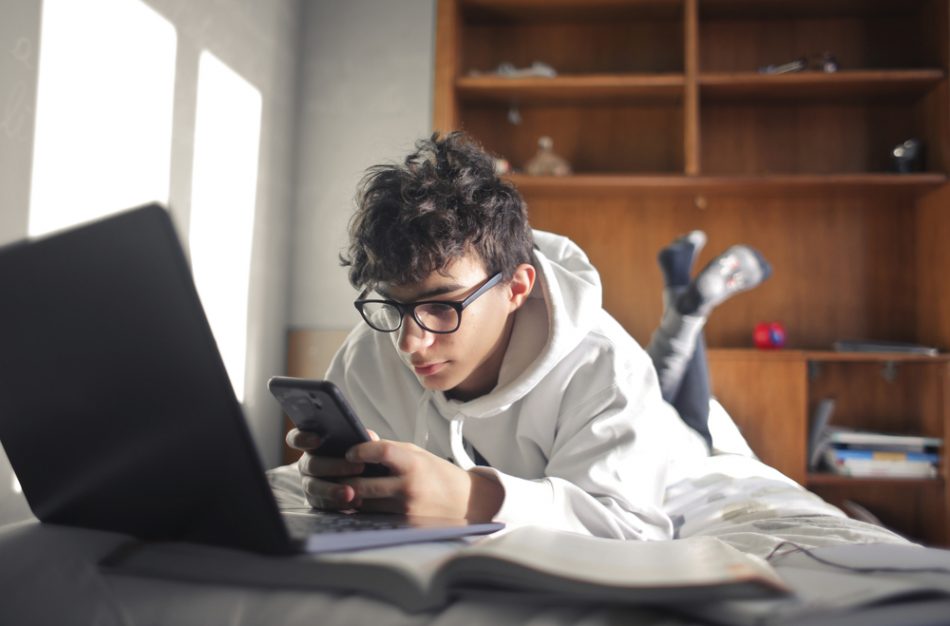It’s nothing new that mental illnesses – like anxiety and depression – are a growing issue among teenagers in recent years. While toxic happiness, high achievement pressure, and societal changes have all played their role, social media is a key contributing factor to this crisis.
To shed light on this pressing issue, a team from Trinity College Dublin has investigated the relationship between online engagement and mental wellbeing. Drawing from a data set of 6,000 Irish teens aged between 13 to 18, the group was able to figure out how much social media is just right, dubbing it the “Goldilocks amount.”
The participants were asked to report on how much time they spent engaged in a range of online activities. These include online messaging, sharing of videos and pictures, school or college work, watching movies, and listening to music. With questionnaires assessing emotional, behavioral, and peer issues, the team determined the mental wellbeing of these teens.
As is well documented, the group concluded that high levels of digital media use contribute to negative mental health outcomes. On the other hand, they also found that low online engagement was associated with an increased risk of poor mental wellbeing. Teens who were not as involved in today’s connected world compared to their peers will of course face some increased pressures and complications in their social life.
Professor Richard Layte, co-author of the paper, commented on the findings: “There is a simple narrative out there that more is worse. It is important to emphasize that online engagement is now a normal channel of social participation and non-use has consequences. Our findings also raise the possibility that moderate use is important in today’s digital world and that low levels of online engagement carries its own risks.”
This work strongly supports the Goldilocks theory of teen internet usage, but the question remains: how much is too much, and how little is too little? Further research is needed to clear up recommendations for teens and why media engagement is related to mental wellbeing, however, this paper has got us one step closer to the answer.
Source study: Computers in Human Behavior – Digital engagement and its association with adverse psychiatric symptoms: A longitudinal cohort study utilizing latent class analysis











